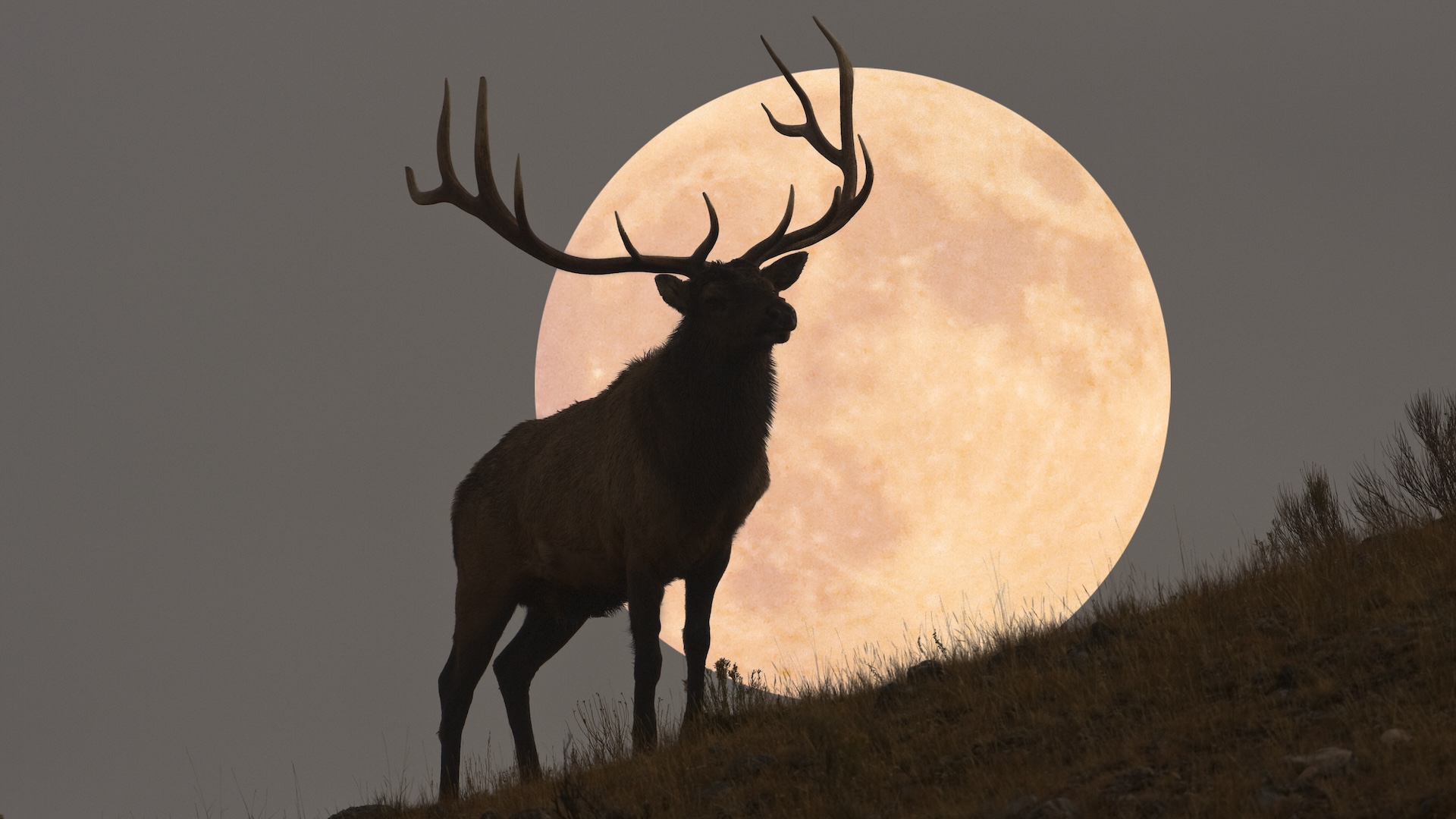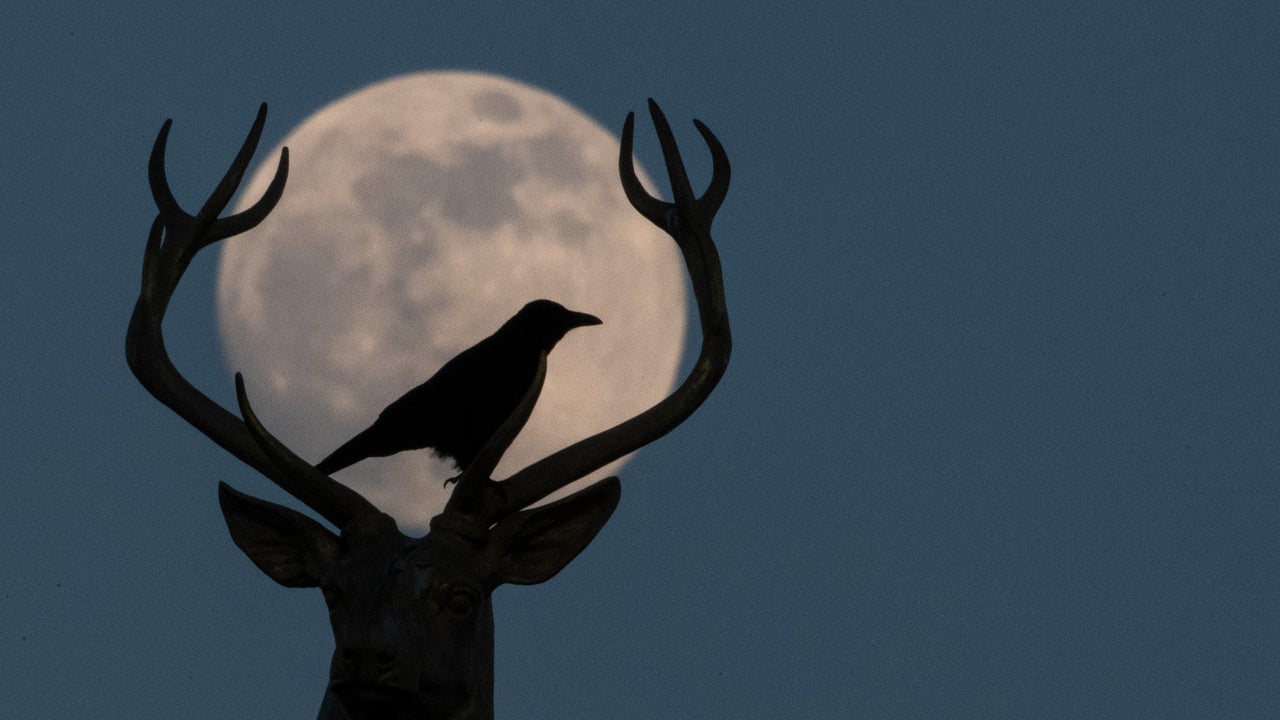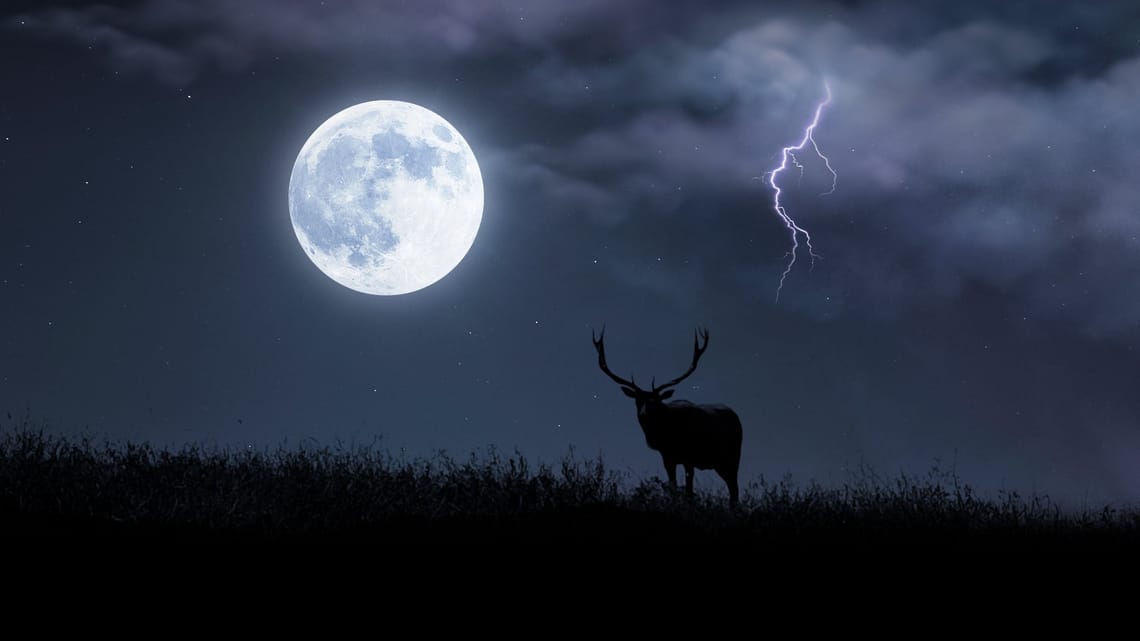Skywatchers are in for a treat this weekend with July’s full moon, known as the buck moon, making its appearance. Technically at its fullest at 6:17 a.m. EDT on Sunday, July 21, the buck moon will be visible on both Saturday and Sunday nights, offering ample opportunity to enjoy this celestial event. The buck moon gets its name from the time of year when deer antlers are in full growth after shedding in the spring. “Bucks shed and regrow their antlers each year, producing a larger and more impressive set as the years go by,” explains the Old Farmer’s Almanac. This natural cycle is why the full moon in July is particularly associated with deer.

Cultural Significance and Other Names
The names of full moons, including the buck moon, have deep cultural roots. They come from a variety of sources, including Native American, Colonial American, and European traditions. For millennia, people across the world, especially Native Americans in the eastern and central USA, named the months after nature’s cues, making them easy to remember and rich in meaning.
In addition to the buck moon, July’s full moon is also known as the “thunder moon” due to the frequent thunderstorms that occur in early summer. NASA’s Gordon Johnston explains that these summer storms are a significant characteristic of this time of year. Another common name is the “hay moon,” referring to the period when farmers rushed to store hay in their barns before the storms. Other nicknames include the Berry Moon, the halfway summer moon, and the Salmon Moon, each reflecting different aspects of the natural world during this time.
Looking Ahead: August’s Sturgeon Supermoon
Next month’s full moon, known as the sturgeon moon, will be the first of four supermoons this year. A supermoon occurs when the moon’s orbit brings it closer to Earth than usual at the same time the moon is full, making it appear about 7% bigger and 15% brighter than a typical full moon. This cosmic combination will provide another exciting opportunity for skywatchers to enjoy a particularly spectacular lunar display.
The sturgeon moon, like the buck moon, carries its own set of cultural and natural significances, derived from the time of year and the activities of the natural world. As we look forward to this event, it’s a reminder of the continuous and fascinating interplay between our planet and its celestial neighbor, offering both beauty and a sense of connection to the cycles of nature.

The full buck moon this weekend promises a stunning celestial show. With its rich cultural heritage and various names reflecting the natural phenomena of the season, it offers a moment of reflection and appreciation for the natural world. And with August’s sturgeon supermoon on the horizon, skywatchers have even more to look forward to in the coming weeks.
